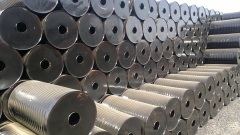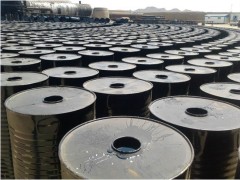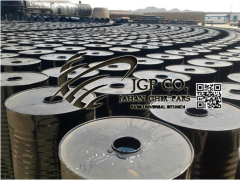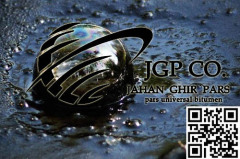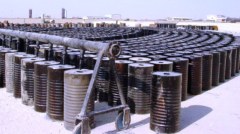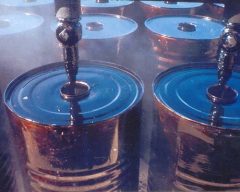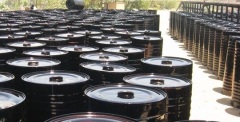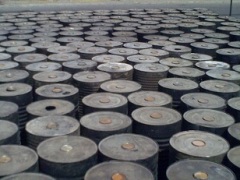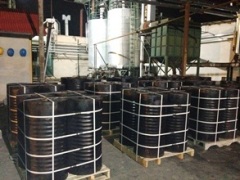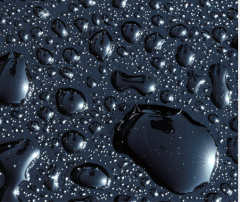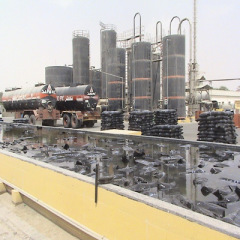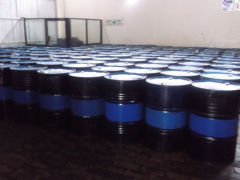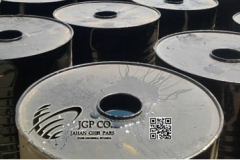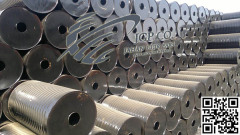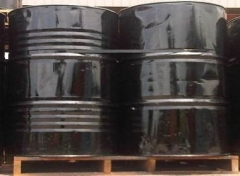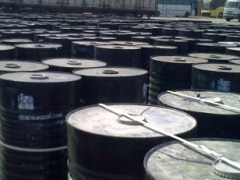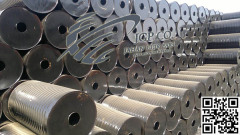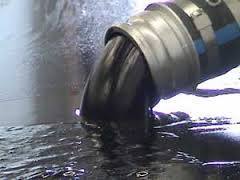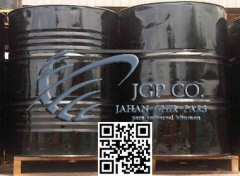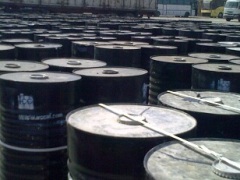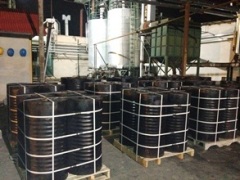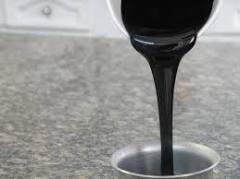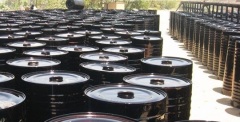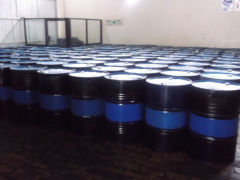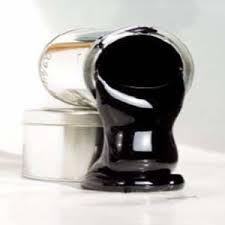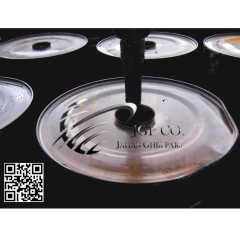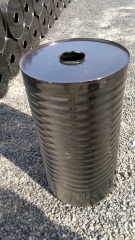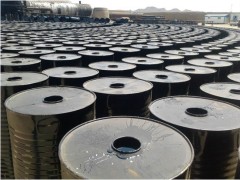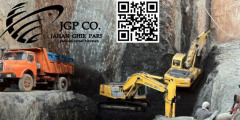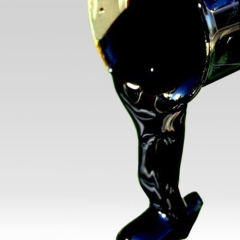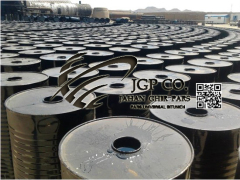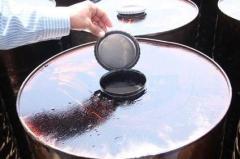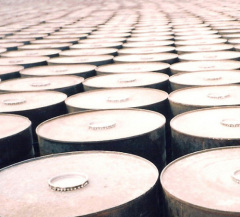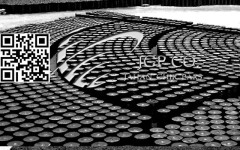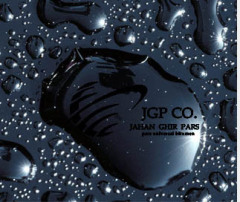
|
Globally Bitumen
|
Bitumen Emulsion Classification and Naming
| Price: | 370.0 USD |
| Payment Terms: | T/T |
| Place of Origin: | Iran |
|
|
|
| Add to My Favorites | |
| HiSupplier Escrow |
Product Detail
We are manufacturer and exporter of all grade of Bitumen and Oxidized Bitumen and also exporter of all grade of Base Oil & RPO
Bitumen emulsions are classified according to the sign of the charge on the droplets. Cationic emulsions have droplets which carry a positive charge. Anionic emulsions have negatively charged droplets and nonionic emulsions have neutral droplets. In practice, the first two types are more widely used in roadway construction and maintenance. Nonionics may become more important as emulsion technology advances. Emulsions are further classified according to their reactivity which means that how quickly the bitumen droplets will coalesce and revert to bitumen cement. The terms RS, MS, SS, and QS have been adopted to simplify and standardize this classification. They are relative terms only and mean rapid-setting, medium-setting, slow-setting, and quick-setting. The tendency to coalesce is closely related to the speed with which an emulsion will become unstable and break after contacting the surface of an aggregate. An RS emulsion has little or no ability to mix with an aggregate, an MS emulsion is expected to mix with coarse but not fine aggregate, and SS and QS emulsions are designed to mix with fine aggregate, with the QS expected to break more quickly than the SS. In the naming of emulsions according to ASTM D977 and D2397, cationic RS, cationic MS, and cationic SS emulsions are denoted by the codes CRS, CMS, and CSS, whereas anionic emulsions are called RS, MS, and SS.
sales3 at globallybitumen dot com


